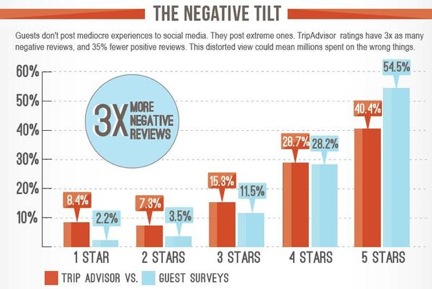By 2050, there will be 3 billion people enjoying middle-class wealth – meaning more middle-class consumers enjoying more travel, creating more jobs and generating more GDP. Growth opportunities ahead should be a wake-up call to the private and public sectors of travel and tourism to join together and plan sustainable, long-term strategies.
By 2023, WTTC forecasts that travel and tourism’s total economic contribution will account for 10% of global GDP, US$10.5 trillion and one in 10 jobs. Total travel and tourism employment is forecast to add over 70 million jobs over the next decade, with two-thirds of those additional jobs in Asia. Asia will continue to lead growth of the industry, with annual average growth of over 6%.
Government leaders must realize that taxing the tourist does not lead to positive economic growth – in fact, it leads to the opposite. Too many people still find it too complex and too difficult to cross borders as international tourists. Governments need to balance security needs with a change in mindset and implement visa waiver and trusted traveller programs. The travel and tourism industry needs to continue to lobby for change and demonstrate to individual countries the economic opportunities, which will be generated, through improvements to visa processes.





